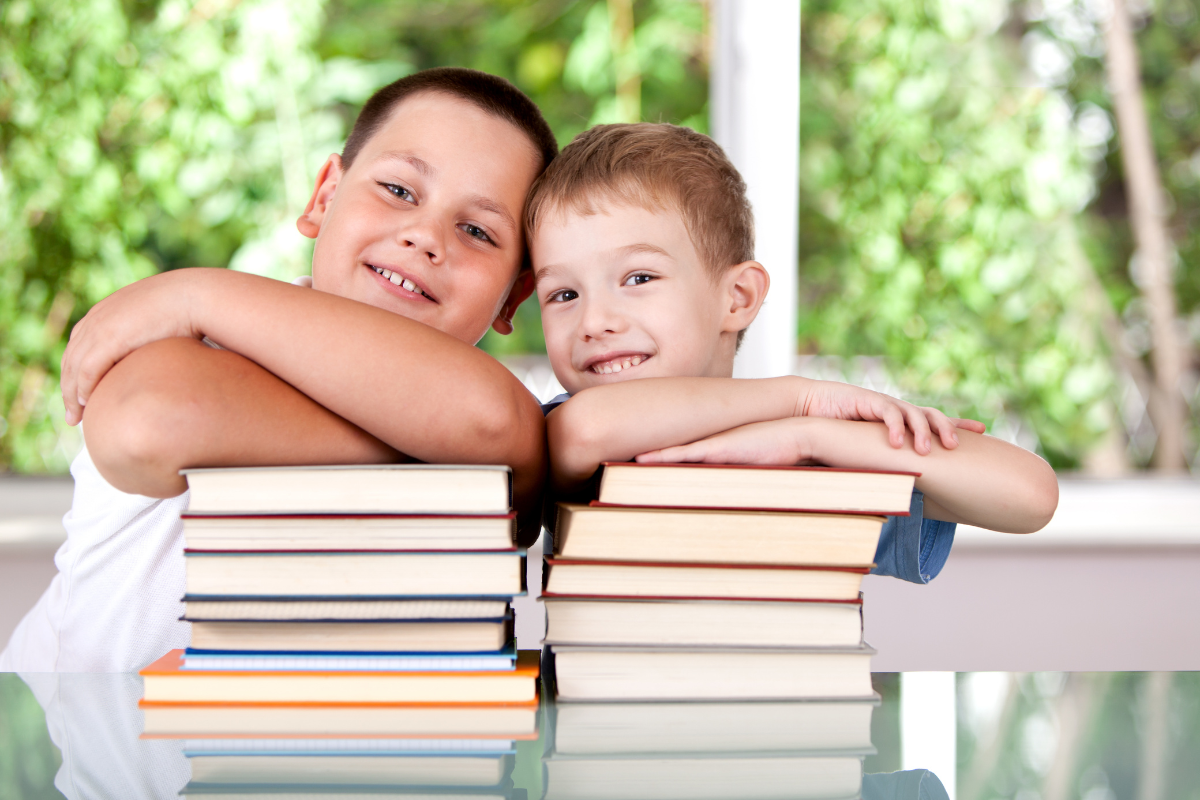As our school’s librarian, I hear book requests from kids ALL THE TIME. The one genre that kids seem to really enjoy is nonfiction. Kids LOVE to read about real people, animals, places, and events. Nonfiction texts present real information in captivating and interesting ways. However, kids spend WAY more time reading fiction books than nonfiction. So, parents (and teachers) need to be sure to show kids how to navigate the different parts of a nonfiction book to get the most bang out of our comprehension buck. In this blog, I will go over the most important parts of a nonfiction text that kids need to know and understand.
Table of Contents
This feature is located in the front of the book and displays a list of the big ideas and where they are located in the book. In my opinion, the table of contents is the most underappreciated part of a nonfiction book. When kids have to do a research project and are looking for a particular answer to a question, they don’t have to read the WHOLE book to find the answer. They can use the table of contents to find where the answer most likely will be, and read THAT section first. The table of contents should be a kids’ best friend when completing a research project!
Index
The index is the table of contents’ wing-man. This is an alphabetical list of almost everything covered within the pages of the text, along with page numbers and is found at the back of the book. Like the table of contents, readers can use the index to look up specific terms or ideas and go directly to that page to find the information that they are looking for. It can be a great time saver!
Glossary
Vocabulary is so important to comprehending information. Within the body of the text words that the author wants to emphasize are often written in bold print. If your child cannot understand what the word means using context clues, they can find the bold printed words and the definitions in the glossary, which is found at the back of the book.
Captions
If I had a nickel for every time a student would ask me if they had to “read the words” under the illustrations, photos or graphs, I’d be on a beach right now sipping a fun, fruity drink out of a fancy straw! Those “words” are the captions and they give a brief description of the information that is presented in the graphic. So, yes, please have your child read the captions. The graphics, captions and content all work together to increase understanding.
Photos, Charts and Other Graphics
So much information can be found by “reading” the graphics and photos presented in nonfiction texts. But, in order for kids to understand them, they will need to learn how to “read” them. Some charts are clearly labeled, while others require a bit more investigation. Even if the text is above your child’s reading level, kids can still gain so much knowledge just by examining the graphics. Have them describe as much as they can about the photos, charts and other graphics to you. You can applaud their efforts and add to their explanation anything that they missed within the graphic.
In closing, kids are naturally fascinated with nonfiction titles. They LOVE reading about real people, animals, places, and events. With a little guidance from you about how to read informational books, your child will feel more confident when reading texts within this genre and you can be happy that you introduced them to a whole new world of information!




